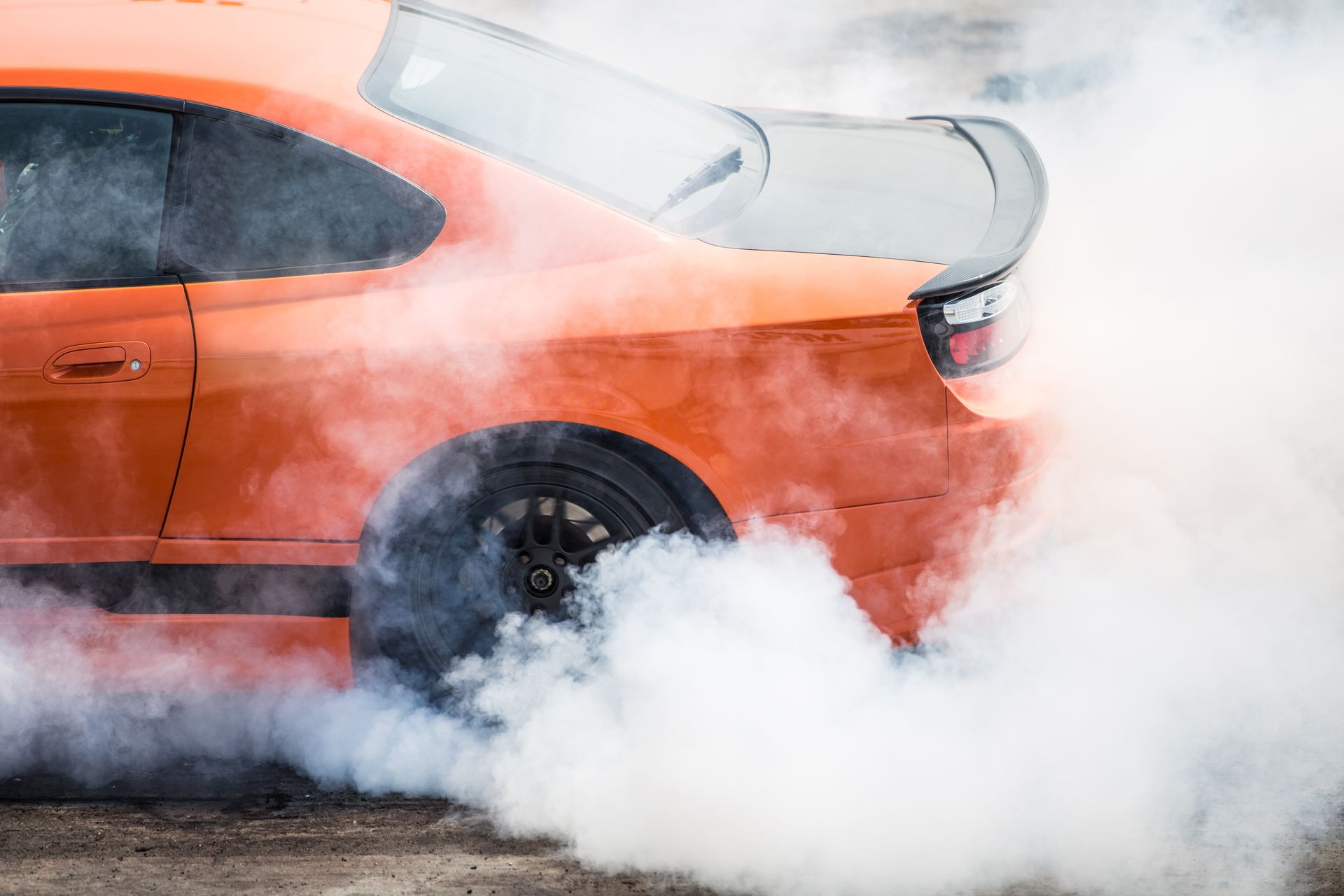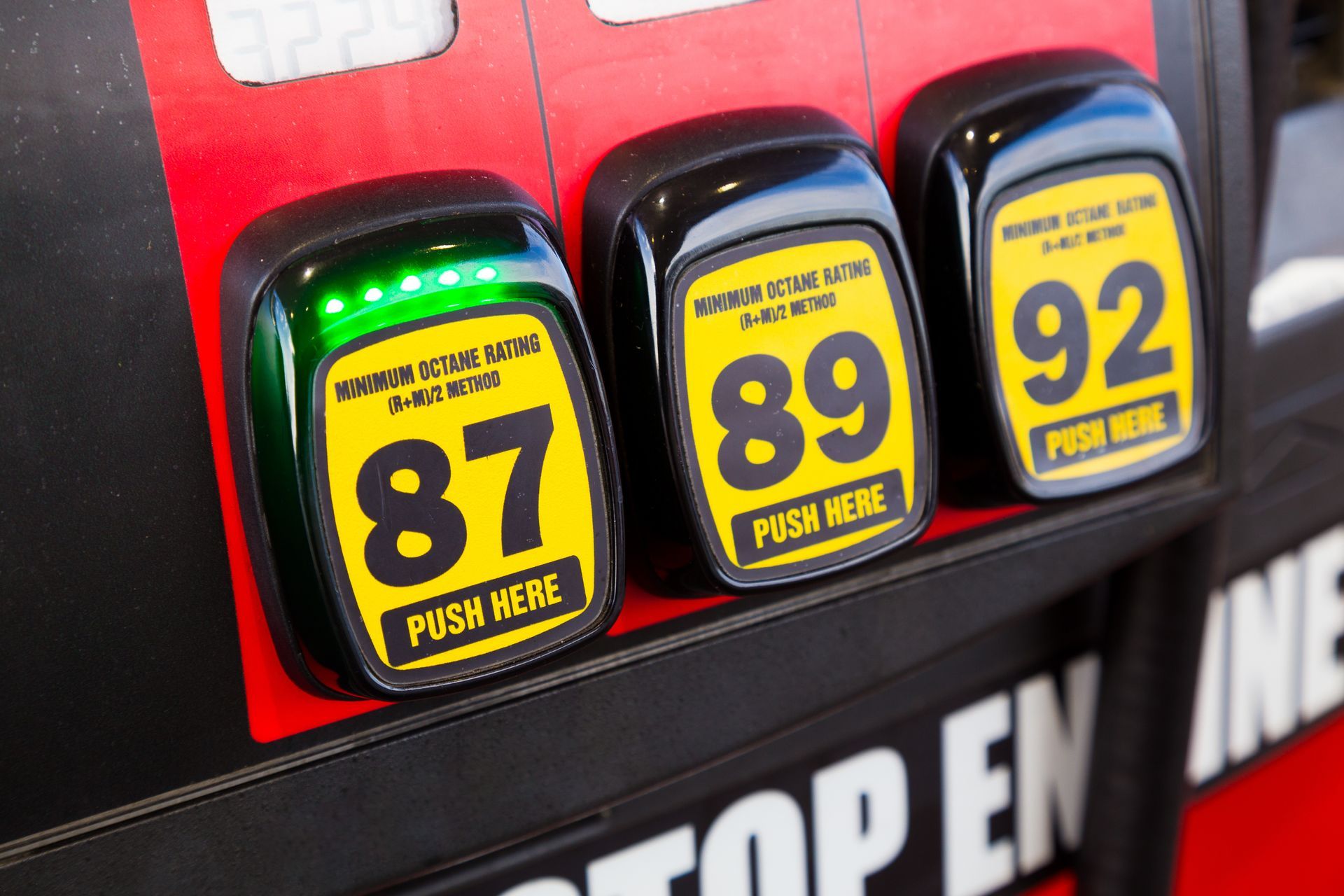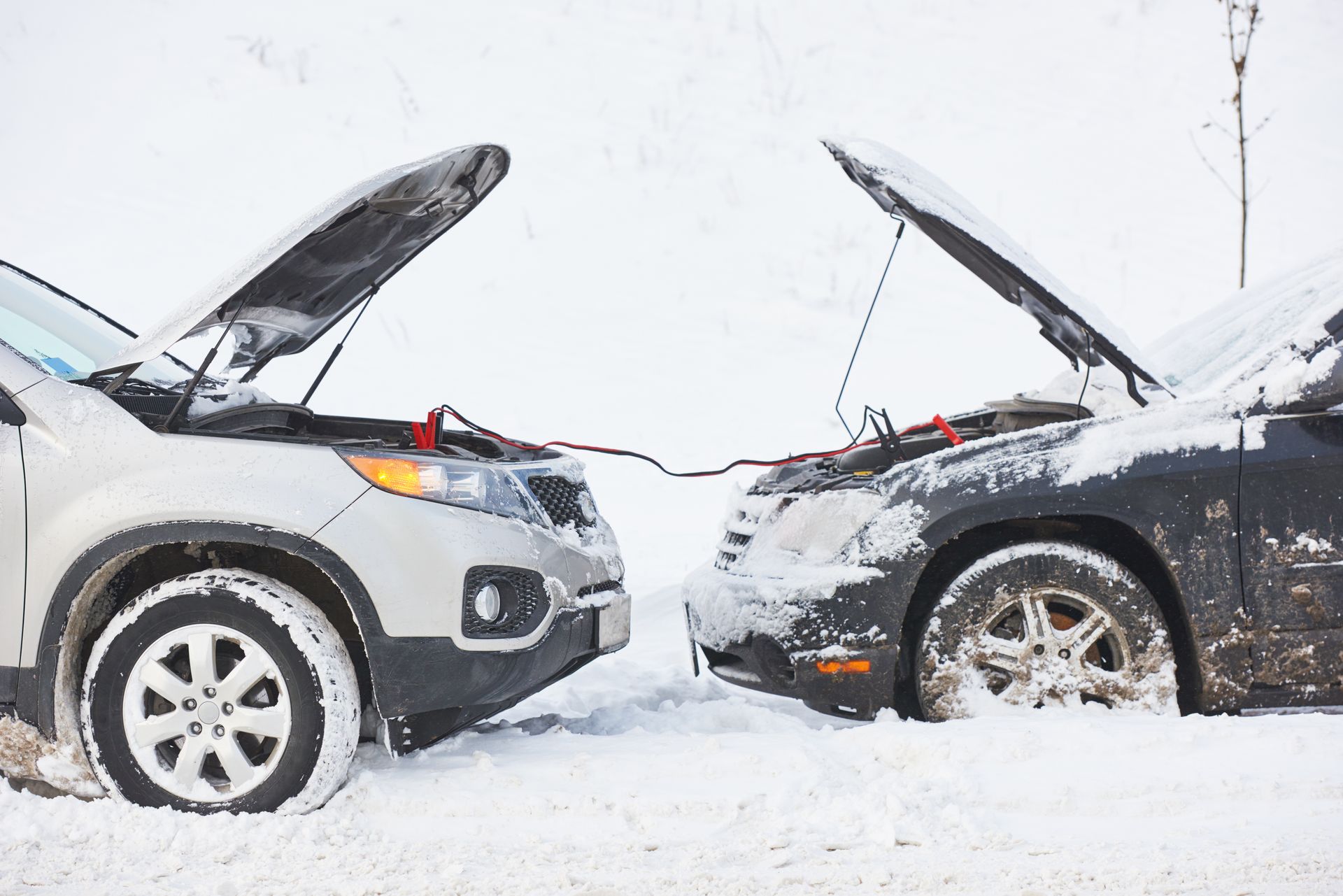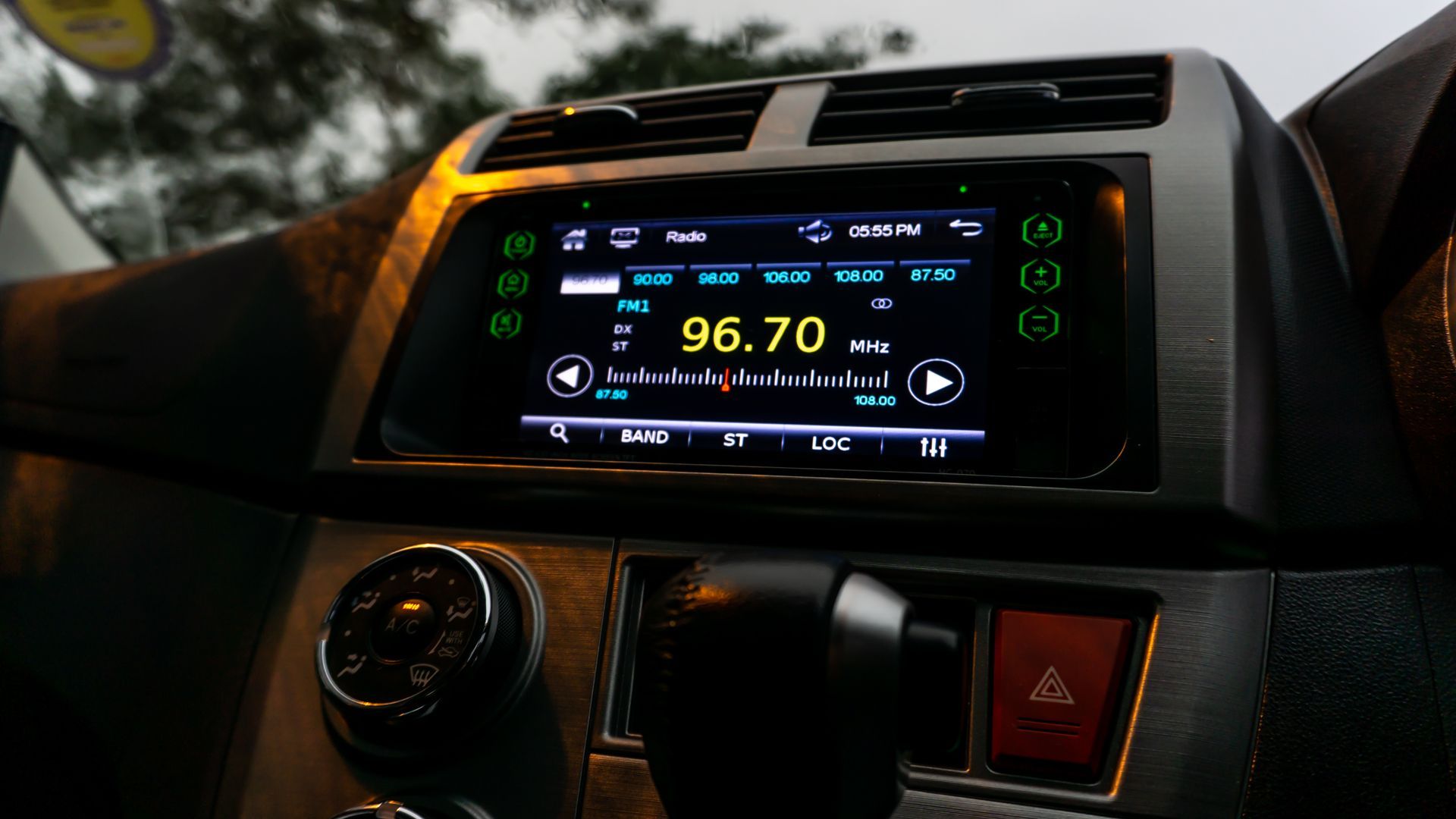You check your tires, inflate them to the proper pressure, and a few days later, one or more are low again—yet you can’t find a nail, puncture, or visible leak. It’s a frustrating and confusing problem many drivers face. If your tires keep losing air but there’s no obvious damage, several hidden issues could be the cause.
But why does this happen, and how can you avoid premature tire wear, poor fuel economy, and unsafe driving conditions?
Temperature Fluctuations and Cold Weather Effects
One of the most common reasons tires lose air is a drop in temperature. For every 10 degrees Fahrenheit decrease in ambient temperature, tire pressure can drop by about 1 PSI. Tire pressure can fluctuate often in places like Spokane Valley, where seasonal changes are significant.
This kind of pressure loss is natural and doesn’t indicate a problem with the tire itself. However, if you notice consistent loss regardless of temperature, something else may be at play.
Bead Seal Leaks
The bead is the edge of the tire that sits against the rim of the wheel. If the seal between the tire and the rim isn’t airtight, air can escape slowly over time. Corrosion or debris on the wheel surface can prevent the tire from sealing properly, especially on older or uncoated alloy wheels.
Bead leaks are difficult to detect without removing the tire, but one telltale sign is a slow, recurring loss of pressure in just one tire. A technician can inspect and reseal the bead to restore a proper seal and stop the leak.
Valve Stem Leaks
The valve stem is the small nozzle you use to inflate the tire. These stems can crack, dry out, or become damaged from road salt, age, or over-tightening valve caps. In some cases, the valve core inside the stem may become loose or faulty.
Even a tiny leak at the valve stem can cause slow pressure loss. You might not hear or feel it, but it can lead to noticeably low pressure over a few days. Valve stems are inexpensive to replace and should be checked during every tire service.
Rim Damage or Poor Seal from Previous Repairs
Bent or damaged rims can cause air to escape, especially if they no longer allow the tire to sit flush. This can happen from hitting a pothole, curb, or speed bump too hard. A poorly done tire repair, such as an improperly patched puncture, allows air to leak slowly.
If a tire was previously patched near the sidewall or bead, or if the repair was done without properly cleaning the area, the seal might not hold. In these cases, removing the tire and inspecting the inner surface is often necessary to find the cause.
Porous or Aging Tires
Tires naturally lose air over time, but some can leak faster due to the rubber’s condition. As tires age, the rubber begins to break down, especially if exposed to harsh sunlight or road chemicals. Tiny cracks or pores in the sidewall can allow air to escape gradually, even if there’s no visible damage.
Tires older than six years may begin to lose pressure more frequently and should be monitored closely for wear and age-related deterioration.
Why Consistent Tire Pressure Matters
Driving with underinflated tires reduces fuel efficiency, affects handling, and causes tires to wear unevenly or prematurely. It also increases stopping distance and the risk of blowouts, especially at highway speeds.
If you constantly top off your tires, it’s not just a hassle—it’s a safety concern. Getting to the root of the issue helps protect both your vehicle and your wallet.
EuroPro Automotive – Tire Diagnostics and Repair in Spokane Valley, WA
At EuroPro Automotive in Spokane Valley, we specialize in solving stubborn tire problems. If you’re dealing with repeated air loss and no visible leak, our technicians will inspect your valve stems, beads, wheels, and inner tire surfaces to pinpoint the issue. Whether it’s a simple fix or a full reseal, we’ll make sure your tires stay properly inflated and road-ready.
Visit us today for trusted tire service and peace of mind on every drive.










